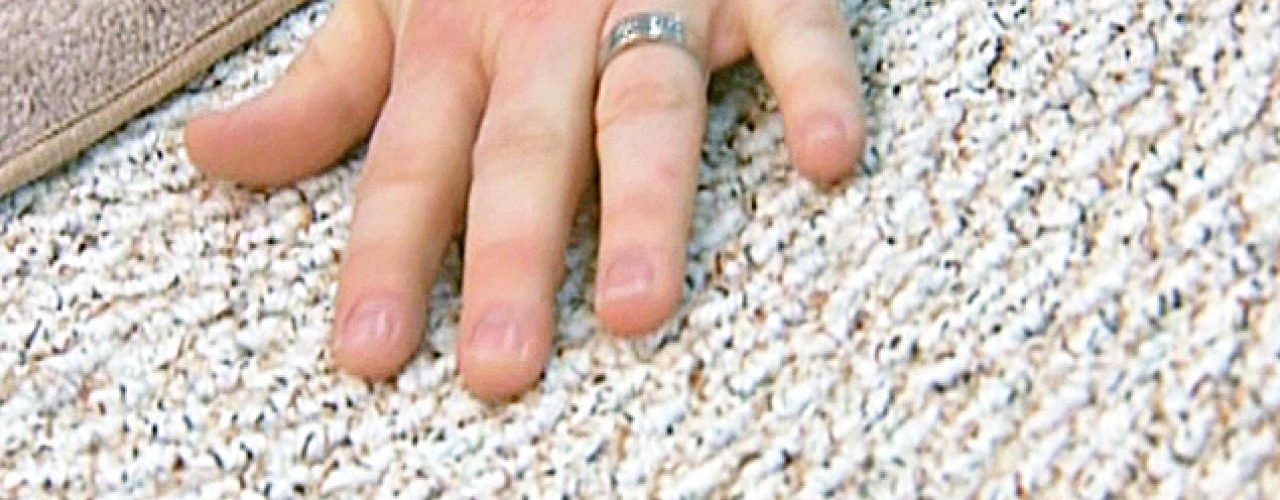Any reader who is in the market for new carpeting should understand that this is a critical selection for your home. Carpeting will either greatly enhance or detract from any room. Carpet is soft, warm, and comfortable, and it does provide a greater number of texture and color choices than does any rival form of flooring. Another thing that you should watch for is pile and fiber when considering carpeting which is both enduring and simple to keep clean. This article goes through the important steps in selecting carpeting.
Contents
Considering Pile Type and Length
Select your carpet pile type and length. Yarn stands up literally straight off of the backing in carpets which are cut pile. Alternatively, yarn loops over and comes back down to the backing, in the loop pile form of carpeting. Multi-level and same height, or level, loops prove to be both enduring and casual. Another type of carpeting style is sculptured, or cut and loop, carpeting, which combines the two previous types. It is advantageous in trapping soil and hiding footprints.
Narrowing Down The Choice of Texture
Now you need to narrow down your choices of texture. There are a number of different kinds to choose from, among which are plush, saxony, and velvet styles that feature even, smooth surfaces which are appropriate for official kinds of rooms. They do reveal vacuum and footprint kinds of marks, though. Frieze textures offer a great deal of twist, which makes them enduring in spaces that receive a high amount of foot traffic. Berbers have a multi-colored, nubby texture, weaved of fat yarns.
Comparing Carpet Types Pros and Cons
After this, you ought to carefully compare all pros and cons for every kind of carpet fiber. Remember your particular likes and dislikes of stain resistance, resilience, ability to be cleaned, and wear and tear. You must comprehend the role of twist in both performance and quality. When carpets are made, the filament fine strands are spun up in a tightly twisted yarn, then heat set to create shape. Tighter twists make for a stronger yard, which leads to an enduring carpet.
Individual Types of Carpet Fiber
As a first example, nylon is the most consistently popular form of synthetic fiber. At ten to thirty-five dollars a square yard, this tough nylon hides traffic and dirt effectively, and offers beautiful colors. Nylon is useful for most any room because of its wear resistance, easiness to clean, and resilience.
For a carpet resistant to mildew, static, and stains, consider olefin, known as polypropylene carpeting, which runs from eight to twenty-five dollars a square yard. Polyester is a good choice for good color clarity and softer feeling. At eight to eighteen dollars a square yard, polyester does turn out to be less enduring than is nylon, with reasonably good resistance to stains and wear and tear, yet it is not easily cleaned. It works better in areas of lower foot traffic.
Wool is the original carpet fiber. It proves to be both hard wearing and soft inherently. At twenty-four to sixty dollars a square yard, it contains lower resistance to stain but higher resilience. Its cleaning and wear and tear abilities are high when contrasted with the other fibers.
Checking Carpet Densities
Inspect the density of the carpet by folding it back and checking its backing. You are looking for carpets that have a greater amount of yarn tufts for each square inch. These are more resistant to crush. The less amount of carpet backing that you witness, the denser the carpet proves to be.
Evaluating the Fiber Face Weights
A final inspection that you ought to practice when looking at carpets is in considering the carpet face weights, or fiber ounces per carpet square yard. Heavier carpets hold up better. In high traffic areas, you should always pick out carpets which are heavier weight.
Additional Resources:
Home Carpet Shopping: Carpet Foot Traffic Test
Get Tips: How to Select Carpet



